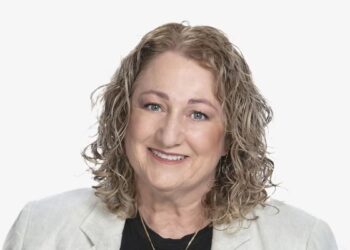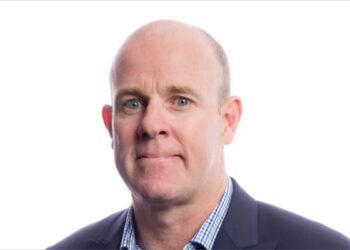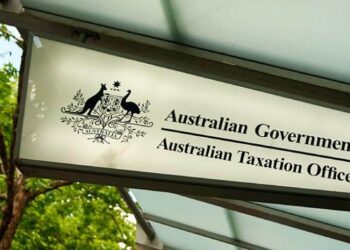Daniel Butler, director of DBA Lawyers, says many clients are reviewing their affairs given the new tax.
“While they do not object to paying the extra tax, most are very upset about the inequity, lack of symmetry and unfairness of this new tax. They object to paying tax based on unrealised gains on the basis they do not have any extra cash flow to pay the tax,” Butler said.
“Another unsatisfactory aspect is that there is no tax deduction or refund if there is an unrealised loss. Most consider they will be unlikely to ever fully utilise any carried forward quarantined Div 296 loss as that depends on the super assets increasing to enable any quarantined loss to be offset.
“A fair and symmetrical tax would allow a deduction and provide an immediate refund for an unrealised loss. However, the government is choosing to collect the tax on ‘blue sky’ but leave the taxpayer suffering the loss and too bad if they can never recoup it.”
Butler said the complexity of the tax is also overwhelming when trying to explain how it works.
“Recall, when John Hewson got stumped on explaining how GST applied to the birthday cake? Well, I suspect the PM, many government ministers and the ATO will also find it difficult to explain how this new tax applies.”
“The costs on all superannuation funds are likely to increase. I have heard that some large funds are getting quotes to upgrade their software and systems to cater for the new tax even though they may have no or few members who will be hit up with this new tax. Why impose costs on all funds when the government believes that only 0.5 per cent of the population will be hit up anyway?”
He continued that there are some clients who are above the $3 million threshold mark who are withdrawing their assets to bring themselves below the mark, with the most popular structure outside of super being the family discretionary trust (FDT).
“While FDTs have been the subject of considerable legislative and ATO limitations over the past 30 years, they still remain an important structure for managing assets and provide flexibility with distributions of income and capital gains each financial year as well as offering asset protection and family succession advantages,” Butler said.
“Companies can also play a useful role. A company allows a family to access a 30 per cent tax rate. Typically, a family would establish a FDT with a corporate trustee which can hold shares in the corporate beneficiary. The shares in the corporate beneficiary would typically be 100 per cent owned by the FDT. This allows the family to provide income splitting among family members to access personal marginal tax rates.”
Furthermore, he said, when the average tax rate exceeds 30 per cent, the FDT can distribute any excess income to the corporate beneficiary apart from any capital gains, which should generally be distributed to individuals who can access the 50 per cent CGT discount under division 115 of the Income Tax Assessment Act 1997.
“Franked dividends can be distributed by the corporate beneficiary at a suitable time via the FDT to family members and these franked dividends can then be streamed to family members provided an appropriate trust deed is obtained and appropriate trustee distribution resolutions are prepared each financial year.”
“This is a simplified outline of a more complex set of rules, as there are family trust elections, division 7A, reimbursement agreements (section 100A ITAA 1936) and other tax and compliance issues that these families must comply with once they establish an FDT and a corporate beneficiary. However, having a more complex structure may be justified based on the advantages obtained and the tax saved. Naturally, expert advice should be obtained.”
Butler added that Div 296 is highlighting the need to seek sound expert advice and he is finding people with considerably more than $3 million after having explained the potential impacts of the tax are generally deciding to leave their super as is for the current financial year and re-assess their position at each 30 June to see if super is still worthwhile.
“This type of discussion typically results in a review of the estate planning and succession for the family as the advantages of leaving money in super may be readily stripped away if the death tax on super applies which means if the member dies and leaves super benefits to adult children a 15 per cent or 17 per cent tax on the taxable component of the death benefit applies.”
“Div 296 is making many focus on making sure they have their estate and succession planning covered, as you never know the hour or the minute and need to be ready for the unexpected.”
He concluded that whatever tax planning people undertake, it should be pointed out that the rules today are likely to change and especially as tax reform has been mooted by the current government due to structural ongoing deficits.
“Hopefully, the government does not extend the principle of taxing unrealised gains on all assets such as family trusts, companies, businesses, property, farms and, most importantly, hopefully not the family home.”
“Years ago, the suggestion that you would increase tax on super was politically dangerous and today introducing a tax on unrealised gains by the current government who has ignored many submissions, appears to be proceeding, so that is sending a strong message to taxpayers that they should not rule out complicated Div 296 type calculations apply across the board.”



But Daniel, apparently it’s modest not complex. Ideological muppets.
Thank you. This is an excellent article, and very timely too.
The one good thing to come out of Division 296 discussions is that it made people more aware of what happens with their superannuation when when they retire and when they pass away.
This is an article worth keeping.